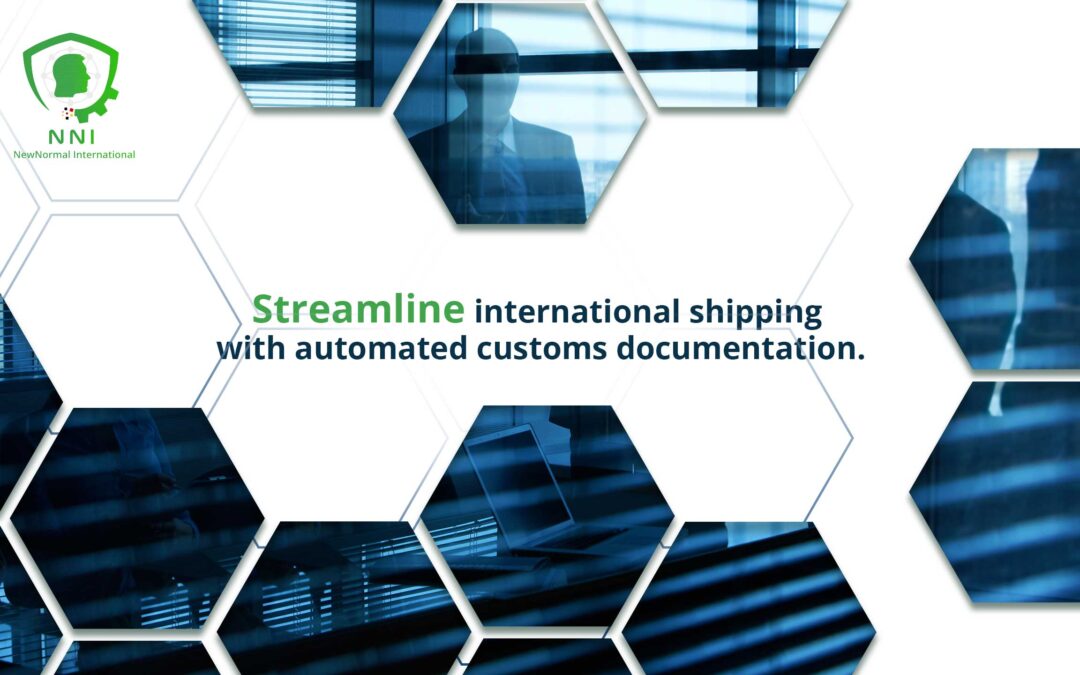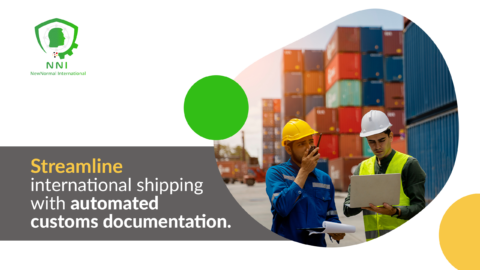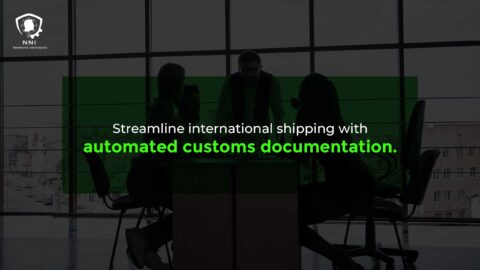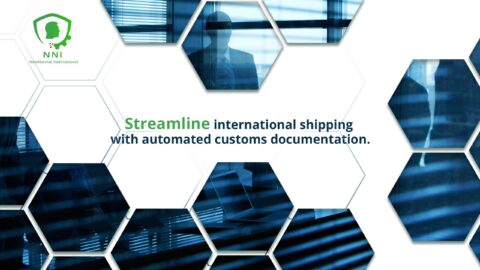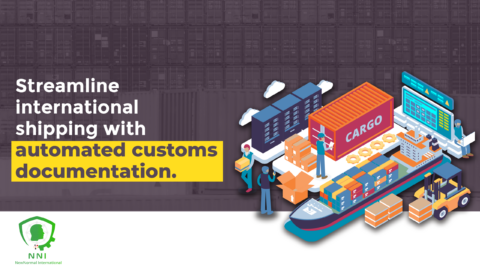Enhancing Efficiency in Cross-Border Commerce through Automated Customs Documentation
In the complex realm of international trade, the ability to streamline international shipping with automated customs documentation has become an essential strategy for businesses engaged in global commerce. This article discusses the transformative impact of automation on the customs documentation process, a critical aspect of international shipping.
The Significance of Automated Customs Documentation in International Shipping
In today’s globalized economy, international trade is a vital engine of growth for businesses of all sizes. However, navigating the complexities of customs documentation can be a time-consuming and error-prone process, often leading to delays, fines, and lost revenue. This is where automated customs documentation emerges as a game-changer, empowering businesses to:
1. Reduce Manual Errors and Streamline Data Entry: Automating repetitive tasks such as data entry and document preparation significantly reduces the risk of human error, ensuring accuracy and consistency throughout the customs clearance process. This automated approach frees up valuable time for employees to focus on strategic tasks and improve overall operational efficiency.
2. Ensure Compliance with Stringent Regulations: International trade regulations are constantly evolving and can be complex to navigate. Automated customs documentation systems incorporate the latest regulations and compliance requirements, eliminating the risk of non-compliance and potential penalties associated with inaccurate or incomplete documentation.
3. Expedite Shipping Processes and Reduce Delays: Manual documentation processes often lead to lengthy delays at customs clearance. Automated systems streamline the process by electronically submitting documents to customs authorities, significantly reducing processing times and ensuring faster delivery of goods to their final destination.
4. Gain Real-Time Visibility and Track Shipments: Automated systems provide real-time tracking and visibility into the customs clearance process, allowing businesses to monitor the status of their shipments and proactively address any potential issues. This transparency improves planning and forecasting, leading to optimized logistics and inventory management.
5. Reduce Costs and Improve Profitability: By reducing manual labor, eliminating errors, and expediting shipment times, automated customs documentation systems lead to significant cost savings for businesses. This improved efficiency translates to a direct impact on profitability, enhancing the bottom line and fueling business growth.
6. Enhance Competitiveness in the Global Marketplace: In today’s competitive global market, speed and efficiency are crucial for success. Automated customs documentation allows businesses to move goods across borders faster and more efficiently, enabling them to respond to market demands with agility and gain an edge over competitors.
Beyond these immediate benefits, automated customs documentation fosters a data-driven culture within businesses. By analyzing data generated throughout the customs process, companies can:
Identify trends and patterns: Gain insights into potential bottlenecks and areas for improvement within their customs operations.
Make informed decisions: Utilize data to optimize logistics routes, negotiate better shipping rates, and allocate resources more effectively.
Develop predictive capabilities: Anticipate potential challenges and proactively take steps to mitigate risks associated with customs clearance.
In essence, automated customs documentation is not just a technological advancement; it’s a transformation force in international trade. By streamlining processes, ensuring compliance, and providing valuable data insights, it empowers businesses to navigate the complexities of cross-border commerce with confidence, efficiency, and profitability. Embrace the power of automation and unlock a world of possibilities for your global trade endeavors. Let automated customs documentation be your guide on a journey towards seamless cross-border commerce, driving your business towards success in the global marketplace.
Change Management for Implementing Automation in Shipping
Adopting automated customs documentation requires a comprehensive change management approach. It involves integrating new technologies into existing shipping processes, training staff on these systems, and adjusting operational strategies to maximize efficiency.
Executive Coaching for Effective Trade Management
Leadership plays a crucial role in the successful integration of automation in international shipping. Executive coaching can provide business leaders with the necessary skills to manage this technological transition, ensuring smooth implementation and adoption.
Effective Communication in Automated Systems
Effective communication is vital in the roll-out of automated customs documentation systems. Clearly articulating the benefits and procedures to internal teams and external partners is key to ensuring that all parties are aligned and the new system is utilized effectively.
Enhancing Global Shipping with Generative AI
The integration of generative artificial intelligence with automated customs systems can further enhance the efficiency of international shipping. AI can analyze vast amounts of trade data, optimize documentation processes, and provide predictive insights for more efficient shipping operations.
Conclusion
In conclusion, the strategy to “Streamline international shipping with automated customs documentation” is a significant advancement in global trade operations. By embracing automation, businesses can achieve faster shipping times, reduced errors, and improved compliance, ultimately enhancing their competitiveness in the international market.
#InternationalShipping, #TradeAutomation, #GlobalCommerce, #AIinLogistics, #CustomsEfficiency


